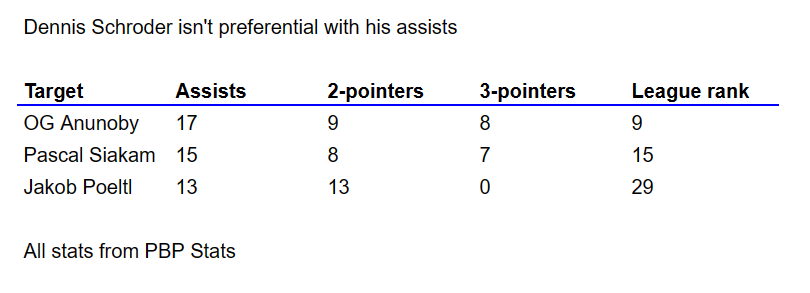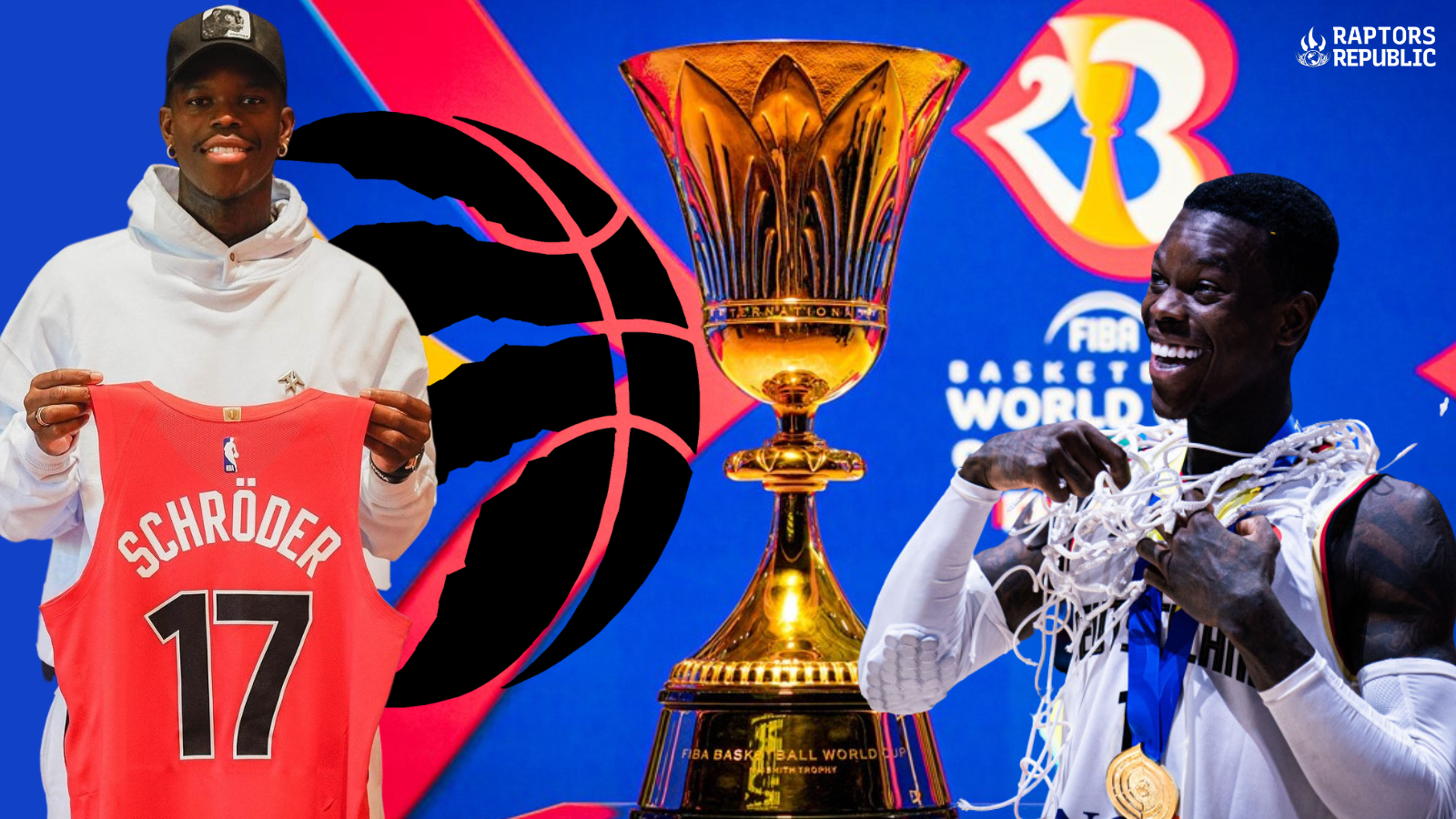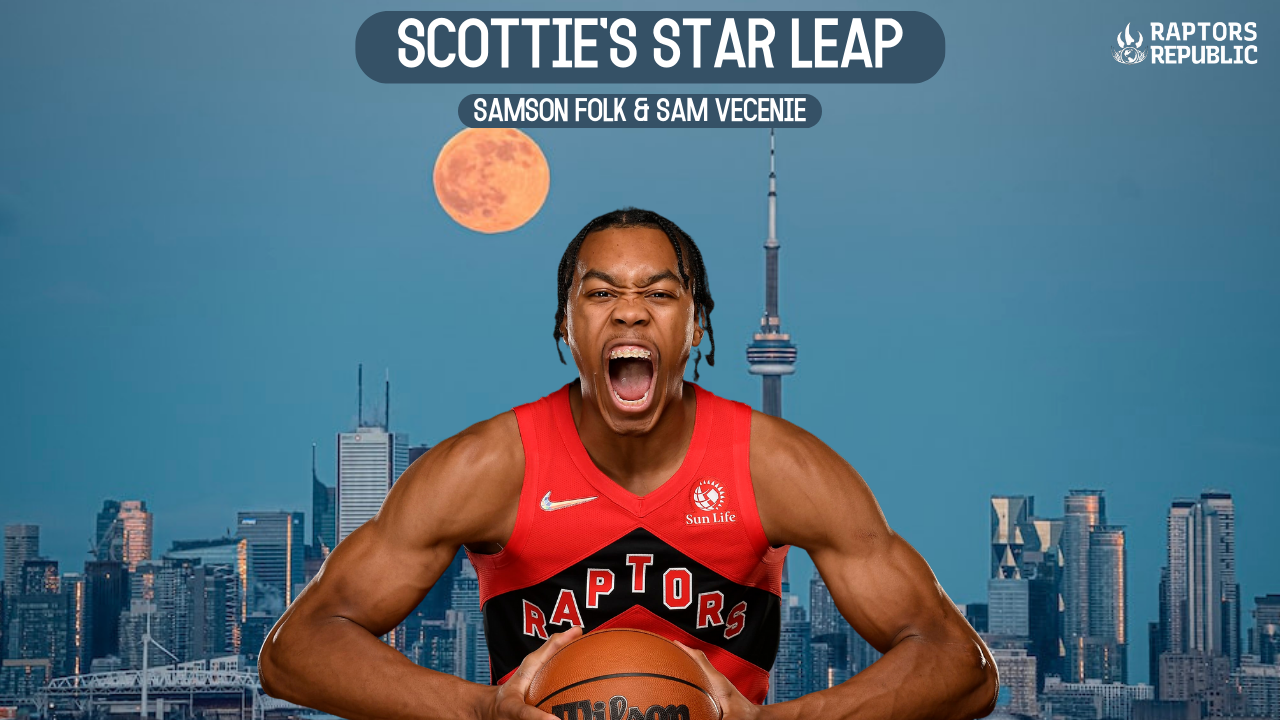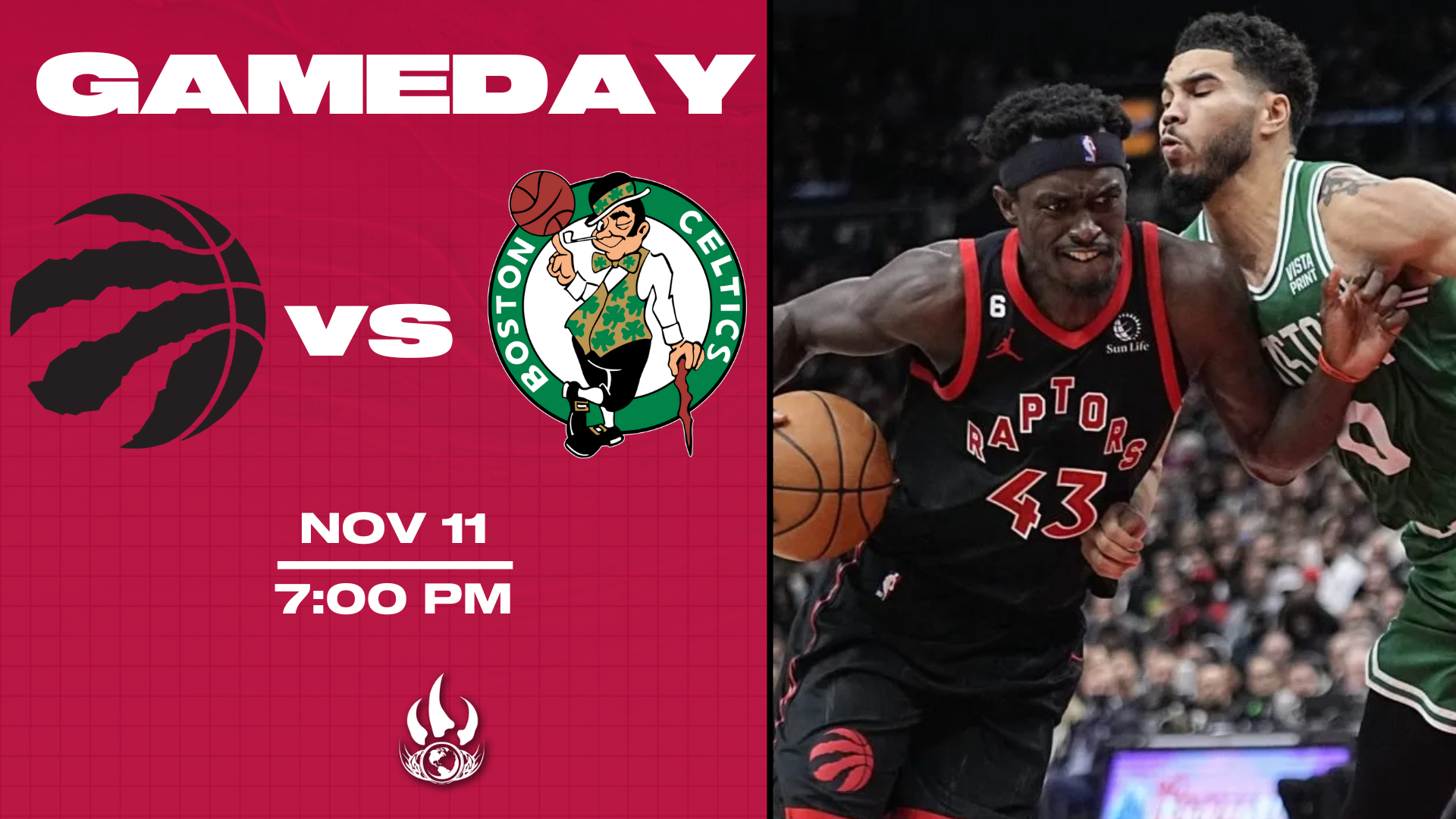When most people think of Cormac McCarthy, if they think of him at all, they likely think of his young, swashbuckling cowboys that are so commonly his protagonists — think The Kid in Blood Meridian or John Grady Cole in All the Pretty Horses or Billy Parham in The Crossing. It might be surprising to know that McCarthy actually didn’t become famous until he was already in his 60s. He was born in 1933 and didn’t publish Blood Meridian until the 1980s, The Road and No Country for Old Men until the 2000s.
Some people are just late bloomers. But is Dennis Schroder one of them?
Most NBA players don’t have the best season of their career after they already turn 30 and are in their 11th NBA season. Steve Nash did it, with his best seasons coming when he returned to Phoenix after age 30. But it’s extremely uncommon. Yet Schroder is playing the best basketball of his career so far in 2023-24. Catch-all metrics are far from the be-all-end-all, but they at least tell a story; Schroder, among point guards with at least 100 minutes played, is ninth in Box Plus/Minus, ahead of guards like Damian Lillard, Jamal Murray, and, yes, Fred VanVleet.
Should we expect Schroder’s success to stay at this level?
For one thing, though Darko Rajakovic has said so, this actually isn’t Schroder’s first chance with the keys to a team. He started 78 games at point guard for the Atlanta Hawks in 2016-17, his fourth season in the league, and he averaged 128 touches per 100 possessions. He finished eighth in total touches that year, ahead of Damian Lillard, Steph Curry, and others. This season he has remarkably similar such numbers, ranking fifth in touches, averaging 126 per 100 possessions.
He has been given the keys to previous franchises. It just hasn’t really worked out before, not to this extent.
In that 2016-17 season for Atlanta, he led alongside Paul Millsap and Dwight Howard (!), and the team finished 43-39. They were solid but had no young star in the process of developing and lost in the first round. Things fell apart next year, as Schroder started at point guard once again but without Millsap or Howard. The team finished 24-58, and it was Trae Young’s team the following season.
Schroder has bounced around since then and hasn’t had quite that level of opportunity that he did in Atlanta. In Oklahoma City, he played alongside Chris Paul and Shai Gilgeous-Alexander, which worked extremely well, but meant he was never the team’s primary guard on the floor. He did start 101 games for the Los Angeles Lakers across 2020-21 and 2022-23, and though he played alongside LeBron James and Anthony Davis, he still saw plenty of the ball. In 2020-21, he finished 13th in the league in touches, leading the Lakers.
So Schroder has been given the keys before, to varying extents. But this year, he is thriving like he never has in the past. He has tamed his game, with a usage rate (25.0 percent) that’s fairly low for a lead guard and far below what it was in his last years in Atlanta. (Because we’re going to be comparing the two quite a bit, naturally, in our heads, I’ll just add that VanVleet’s usage rate was virtually identical last year, at 25.7 percent.) What makes 2023-24 Schroder’s career year is his finishing fewer possessions and doing most of his damage (like VanVleet last year) by passing the ball.
Schroder’s assist rate is an enormous 38.5 percent, the best of his career. And though he had similar numbers in his last years in Atlanta, he did it on much higher usage then. As a result, he’s in the 90th percentile for assist-to-usage among point guards this year, despite never even reaching average in a prior full season.
More than any other Raptor, Schroder is a tenacious corner-turner, always looking to get his hips past his initial defender and engage the secondary line of defense. He thus forces huge numbers of rotations, and he’s been fantastic at capitalizing on those advantages by delivering passes to the best spots.
He’s shown improving chemistry with several of his teammates, but the most has been with Jakob Poeltl. He loves hitting Poeltl on the roll, either early with a bounce pass to set up Poeltl’s unique footwork, or late after drawing the shot-blocker’s attention to open the shot for his big. The through-the-legs early bounce pass to Poeltl on the roll is something of a signature pass for Schroder.
Yet Schroder has actually been terrific at assisting a variety of his teammates. In fact, he combos with multiple teammates to several times break into the ranks of the most-assists-to-one-teammate leaderboard.

No other player has three pairings in the top 30.
Perhaps it’s burying the lede here, but the skill that has really unlocked Schroder’s passing has been his shooting. He is currently hitting 40 percent of his triples, the best mark of his career, and far above his career average of 33.8 percent. His shooting means on one hand, he has free points because opponents do not respect him behind the arc. And on the other hand, when players do close out at least a little bit, his enormous speed allows him to get downhill with the quickness, where his passing opens up the entire floor. According to Second Spectrum, he has faced the highest rate of closeouts per 100 possessions of his career, and possessions that see him facing closeouts are also at the most efficient of his career.
It’s not just shooting efficiency from deep that is at a career level for Schroder. He is also shooting at his most efficient from the long mid-range (50 percent) and the short mid-range (43 percent). He is turning in his third-most efficient season at the rim, shooting 62 percent. All that combines to mean Schroder has never, ever had efficiency like this, from anywhere on the court.
And it’s not like he’s in a beneficial context; the team’s spacing stinks! Schroder is doing all of this against very full paints. Per Second Spectrum, he’s only blowing by his defender on drives 24 percent of the time, which is among the lower rates of his career. If Toronto’s spacing improved, perhaps with some roster movement, Schroder would likely have wider driving lanes and even better passing opportunities.
As a result, it’s hard to know to what extent Schroder’s scoring is sustainable. There is something to a hot streak going on. He’s has never been this effective a 3-point shooter, and it’s likely to tail off. As for his long mid-range proficiency, he’s had many seasons close to this good, so it’s very possible it sticks around. And even though his efficiency at the rim may be above-average for him, it’s fairly normal for a point guard.
Even if his efficiency does drift down, that wouldn’t do a whole lot to limit his utility to this team. Defenders are already sinking against him, giving up the jumper. It’s great that he’s hitting them, but he’s offering lots of other value in other ways. In other words, if he starts missing triples, it’s not like it will change the structural integrity of Toronto’s offense; Schroder doesn’t help there anyway.
(Off the ball is another story, where Schroder has not always been a committed cutter. VanVleet was particularly excellent off ball on the offensive end, and Schroder loses much of his utility without the ball in his hands. He does set solid screens, so it’s not all negative.)
There is reason to believe his passing might actually regress positively — or, at least, his teammates’ shooting after his passes might improve. The Raptors are shooting 32.6 percent from deep with Schroder on the court and 39.4 percent with him on the bench. There’s no reason for such a disparity; as has been stated, he has been one of the team’s most effective shooters to this point. And this is despite the shot quality — and expected efficiency — of Toronto’s 3-pointers, according to Second Spectrum, being virtually identical with Schroder on or off the court.
So it’s possible, and even likely, that Schroder will regress in some ways. But there’s no reason to believe he won’t remain a hugely productive player for Toronto.
And that’s just the offensive end. Schroder has been perhaps even more effective — distancing himself from VanVleet last year — on the defensive end of the ball. Schroder’s preposterous footspeed isn’t limited to moments with the ball in his hands, and he’s able to mirror the steps of virtually anyone he’s guarding. He’s been locked in — chasing around screens, avoiding fouling, fighting back into position, defending in isolation, and forcing misses. Schroder is great at sticking at the point of attack, providing help at the nail, and recovering to contest. Even though he doesn’t generate as many events as defenders like OG Anunoby, he’s brilliant at moving the play elsewhere.
Per Second Spectrum, among 117 players who have defended at least 40 off-ball screens, Schroder is allowing the third-lowest points per chance in the league. Amon the 166 players to have defended the same number of on-ball screens, Schroder is allowing the ninth-lowest points per chance leaguewide.
VanVleet used to be that level of defender, with plenty of event creation to boot. He was legitimately one of the best guard defenders in the league. But injuries took their toll on him, and by 2022-23, he had lost a significant amount of his on-ball juice, even if his structural awareness, help principles, switchabiliy, and meat-hook hands gave him plenty of positives on that end. Schroder is simply a more valuable defensive player at this point, though.
He has always had this ability on the defensive end, even if he hasn’t been surrounded by the kind of length and strength as he is this year. Put another way: He’s long been terrific at chasing and funneling the play elsewhere, but he’s never been on a team so capable of making sure that “elsewhere” ends up in a miss. So even if Schroder has had these skills before, they’re more impactful this year in Toronto than they’ve ever been.
Schroder hasn’t always been engaged on the defensive end for entire regular seasons at a time; his reputation as a defensive stopper is fairly recently earned. That he hasn’t seemingly allowed his focus or effort slip at all so far this season bodes well. He’s a veteran who has an opportunity to lead a team for the first time in almost a decade. That, of course, could be contingent on his defense remaining a positive — remember when there was a debate over whether he or Gary Trent jr. should start? My bet is that Schroder’s effort is terrific all year on the defensive end. But it’s not guaranteed, which is true for everyone, of course.
So it’s not hard to see Schroder remaining a huge positive at the point guard position for Toronto. Will he remain arguably a top-10 point guard in the league? That is uncertain, particularly if his shooting efficiency slips back down to his well-established career averages. But he’s offering so much through his corner-turning, passing, and defense that he should remain vital.
The Raptors desperately needed stability at the guard spot during a time of transition. VanVleet signing in Houston, when Toronto’s front office was sure it could remain him, floored the team. Toronto pivoted quickly to Schroder, and though he was the second choice for Toronto, he has proven to be — to this point — a better option for this team than VanVleet, without even accounting for the differential in contracts. That can change. But Schroder has done everything Toronto could ask and then some. Perhaps, like McCarthy and Nash before him, Schroder has simply found his best self later than most of his peers.



